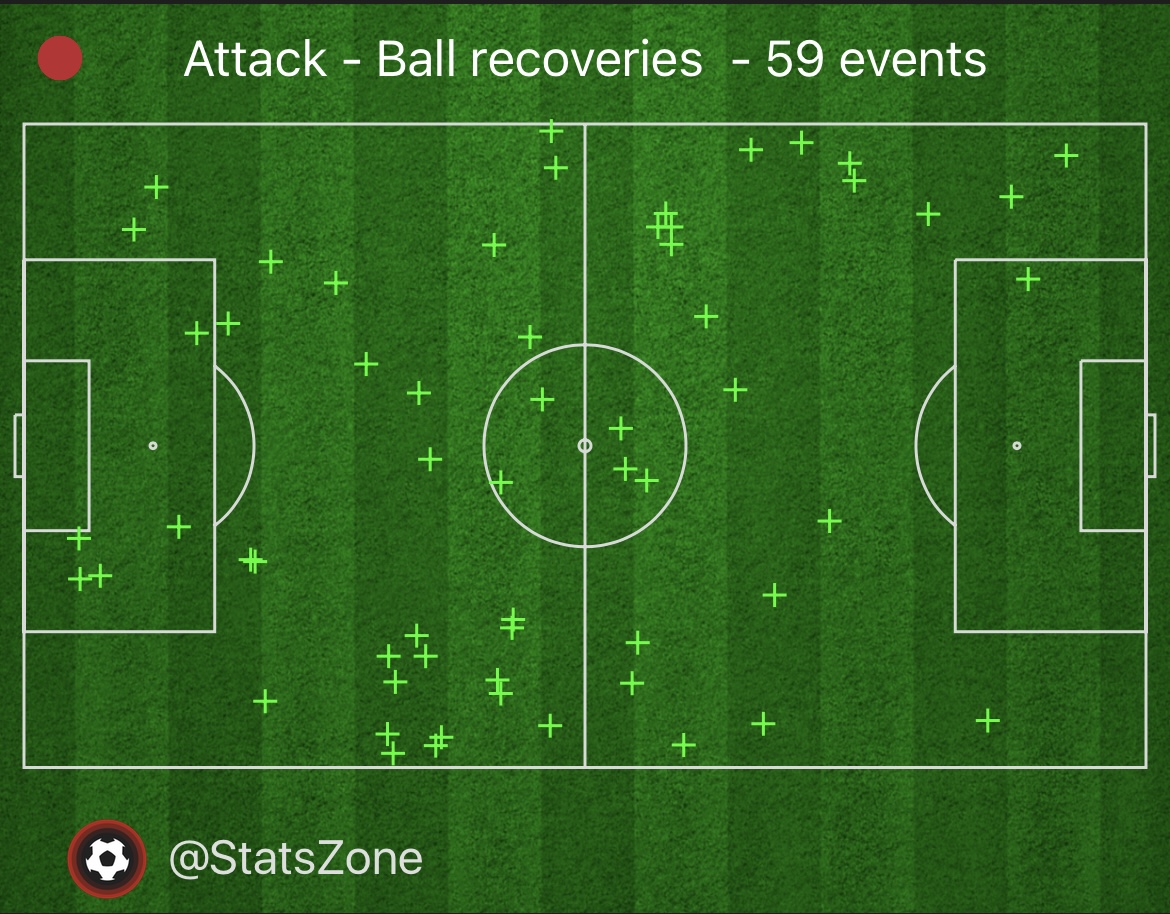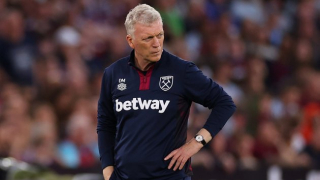Tribalfootball.com's tactics expert Connor Holden examines Liverpool's rout of Newcastle United on Monday night and declares the Reds were back to their vintage best under manager Jurgen Klopp...
This game saw Liverpool return to vintage Jurgen Klopp football, with their suffocating press and relentless pressure. The Reds scored four goals, beating Newcastle 4-2, but even more impressively posting a Premier League record of 7.26 x/G, the most recorded by a single team in a game since the recording of this statistic.
But just how did Klopp's men take the game to Newcastle, and how did they create this amount of clear cut chances against The Magpies? Let's take a look...
LIVERPOOL SET-UP


Liverpool set up in their familiar 4-3-3, which in possession see's a very free role for Trent Alexander-Arnold to invert into midfield, as well as drift into the back line to find space to dictate play.
The roles of the midfield three are indicative of how Klopp wants his team to play on the front foot. The two outside midfielders are the box to box number eights, who are athletic types that can fulfil the pressing duties being asked of them high up the pitch. The role of the number six (in this case Wataru Endo) is to protect the lines behind the eights as they press, and cut off progressive central passes in behind the initial pressing lines.
Mohamed Salah, Darwin Nunez and Luis Diaz complete the team leading the line, with Salah and Diaz providing width in attack and Nunez floating between the lines as the spearhead of this forward line. Again these players have important roles in pressing and counter pressing to win the ball back in dangerous areas, turning defence to attack in very few actions.
VINTAGE KLOPP PRESS


Liverpool looked to suffocate Newcastle from the get-go, with the front three pressing man to man on the defenders, one of the wingers (in this visual representation Salah) would come central to press the other central defender, leaving the fullback as the spare man.
Trent and Joe Gomez would push extremely high on the wide men for Newcastle, to ensure if they receive the ball it is facing their own goal and not on the turn. The two number eights who we previously mentioned are athletic midfield types that have big pressing responsibilities, push onto the deepest Newcastle midfielders to ensure they receive the ball under pressure.
This is where the importance of Endo comes into play, following his man (the highest Newcastle midfielder) into pockets behind the Liverpool number eights to trap the opponent on the ball. This then triggers the closest Liverpool number eight (this instance Dominik Szoboszlai) to double up and stop the pass going back to the number six of Newcastle.
By doing this, and doubling up on the ball, it is forcing the ball to go to the spare man, where Liverpool can now swarm in order to win the ball back. Once the ball goes into the midfielder and they activate the double team, they either have the chance to win the ball back there and then, or they force the ball back to the Newcastle fullback where they know the ball is going, giving them the upper hand on pressing this area as was what they purposely constructed to happen.

In the case that the fullback doesn't try to play out via passing patterns or progressively carrying the ball forwards, they could decide to go long however this still sees a numerical advantage for Liverpool to win these duels as they have powerful central defenders who are quick and agile enough to cover ground and win their individual battles.
This example shows a ball being clipped in behind Trent for the wide man and centre forward to chase, in this instance Ibrahima Konate would be the cover man, with Virgil van Dijk going man to man with the Newcastle centre forward, and Trent facing up with the Newcastle wide man, making it a 3v2.
By winning the ball back in dangerous areas in the opposition half, it allows Liverpool to create goal scoring opportunities in few actions, meaning less chances for an error with a pass.
The aim is to win the ball back high up, get the ball out wide/ in behind the disjointed defence and find a shot on goal in as few touches as possible.

As you can see in this ball recovery map via @StatsZone, Liverpool made 24 of their 59 ball recoveries in the opposition half.
This allowed Liverpool to get the ball into their danger men in attacking areas against a disjointed Newcastle defence, and create goal scoring opportunities.
WIDE ISOLATIONS TO ATTACK THE BOX
The other thing Liverpool did brilliantly in this game was find wide 'isolations' for Salah and Diaz, for them to face the Newcastle defenders up and put balls into the box for the on rushing Liverpool players to attack.
Once Liverpool found these wide isolation points, the wingers' patience to slow the defenders down to almost stagnant stances, before bursting and putting a ball into the box gave the Liverpool forwards/midfielders the advantage when coming onto the ball, due to the Newcastle defenders being stagnant at that stage.


Here are two brilliant examples of Salah finding 1v1 isolation with the Newcastle fullback, downshifting to slow down the Newcastle back line, before putting the ball on a plate for the on rushing Liverpool attackers.
Salah's ability to stagnate the Newcastle defence gives those Liverpool attackers the advantage coming onto the ball, as they are already travelling with momentum, giving them the extra step on the Newcastle defenders.
CONCLUSION
In conclusion, this was Klopp's Liverpool back to their best, despite conceding two goals, they created a record amount of clear cut chances in a Premier League game (highest x/G recorded), trapped Newcastle in their own half and did not allow them to play out, and each piece of the puzzle knew their job, looking like the Liverpool of old under Jurgen Klopp.



























